Last week, the world celebrated the 55th anniversary of the human landing on the Moon, when astronauts Neil Armstrong and Buzz Aldrin took short steps that were a huge leap for all of humanity. The Apollo 11 mission showed the world the U.S. advantage over the Soviet Union in the space race. However, it was not without space espionage, which began 10 years before the moon landing, to achieve such a grandiose success.
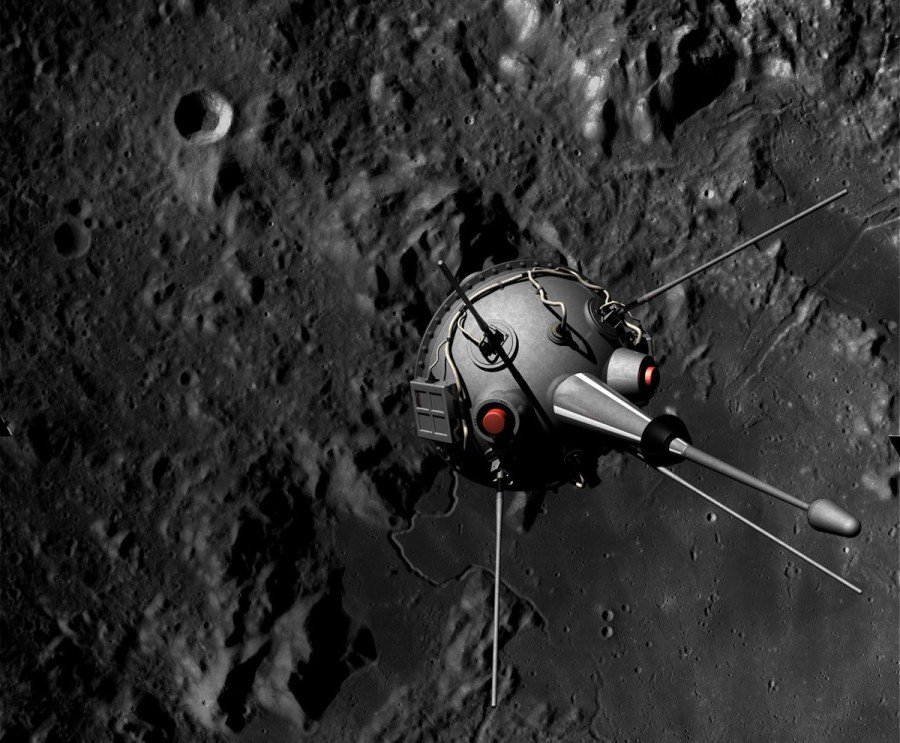
The space race between the United States and the Soviet Union in the late 1950s and 1960s contributed to NASA’s determination to fulfill President John F. Kennedy’s promise to land a man on the Moon. The rivalry between the superpowers, fueled by different political ideologies and economic aspirations, forced both countries to demonstrate their technological and military power.
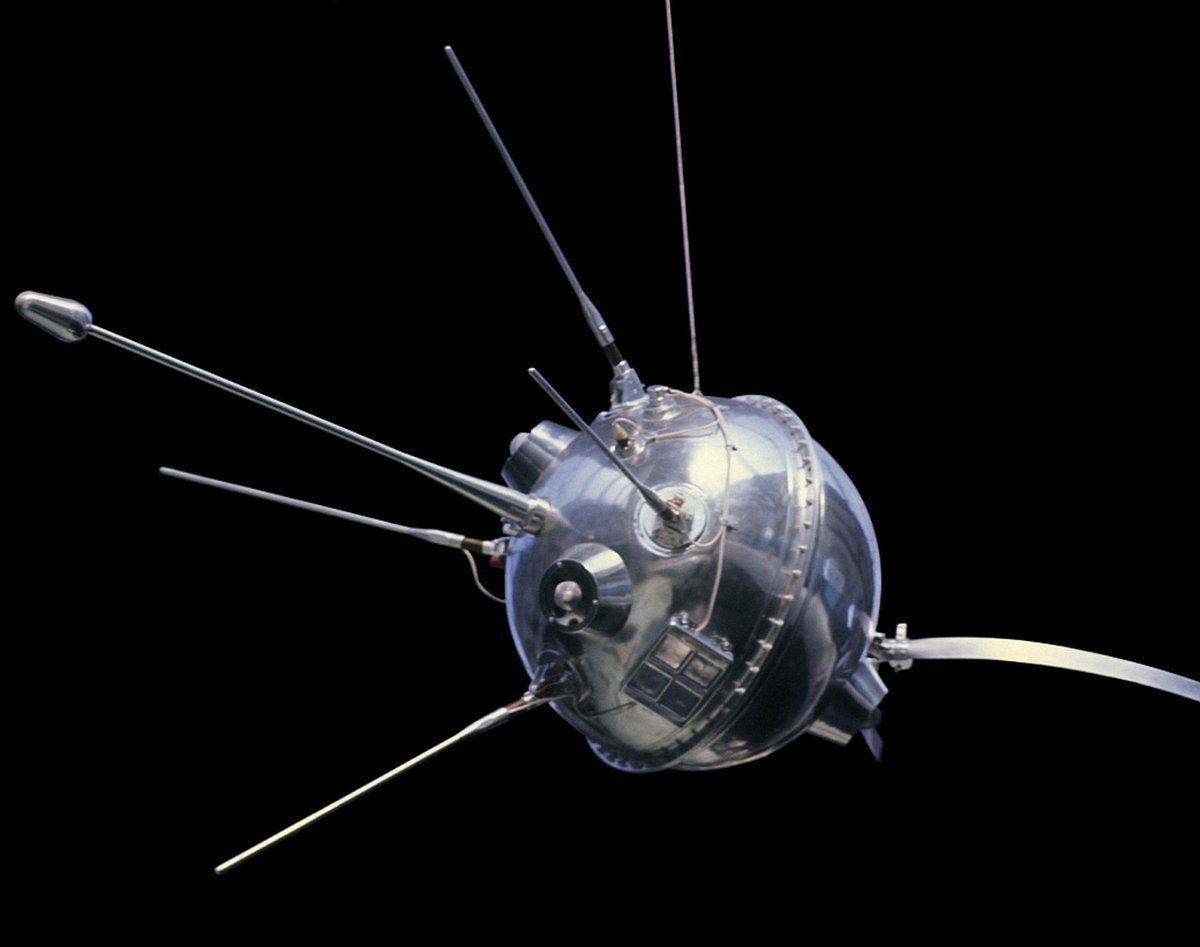
The Soviet Union intended to land a spacecraft on the Moon and beat the Americans by delivering a pennant with the USSR’s coat of arms to its surface. This happened on September 13, 1959, with the launch of the Luna 2 spacecraft. It is worth noting that the landing was not soft — the vehicle crashed into the moon’s surface at 11,880 km/h (3.3 km/s), which formed a crater up to 150 meters in diameter.
A successful spy operation under the noses of the Soviet secret services
The CIA conducted a covert spy operation on a Soviet exhibit in 1959 to find out how the Soviets built the equipment to fly to the moon. The USSR then brought a replica of Luna 2 to the exhibition, which was displayed as an exhibit to demonstrate Soviet industrial and economic achievements.
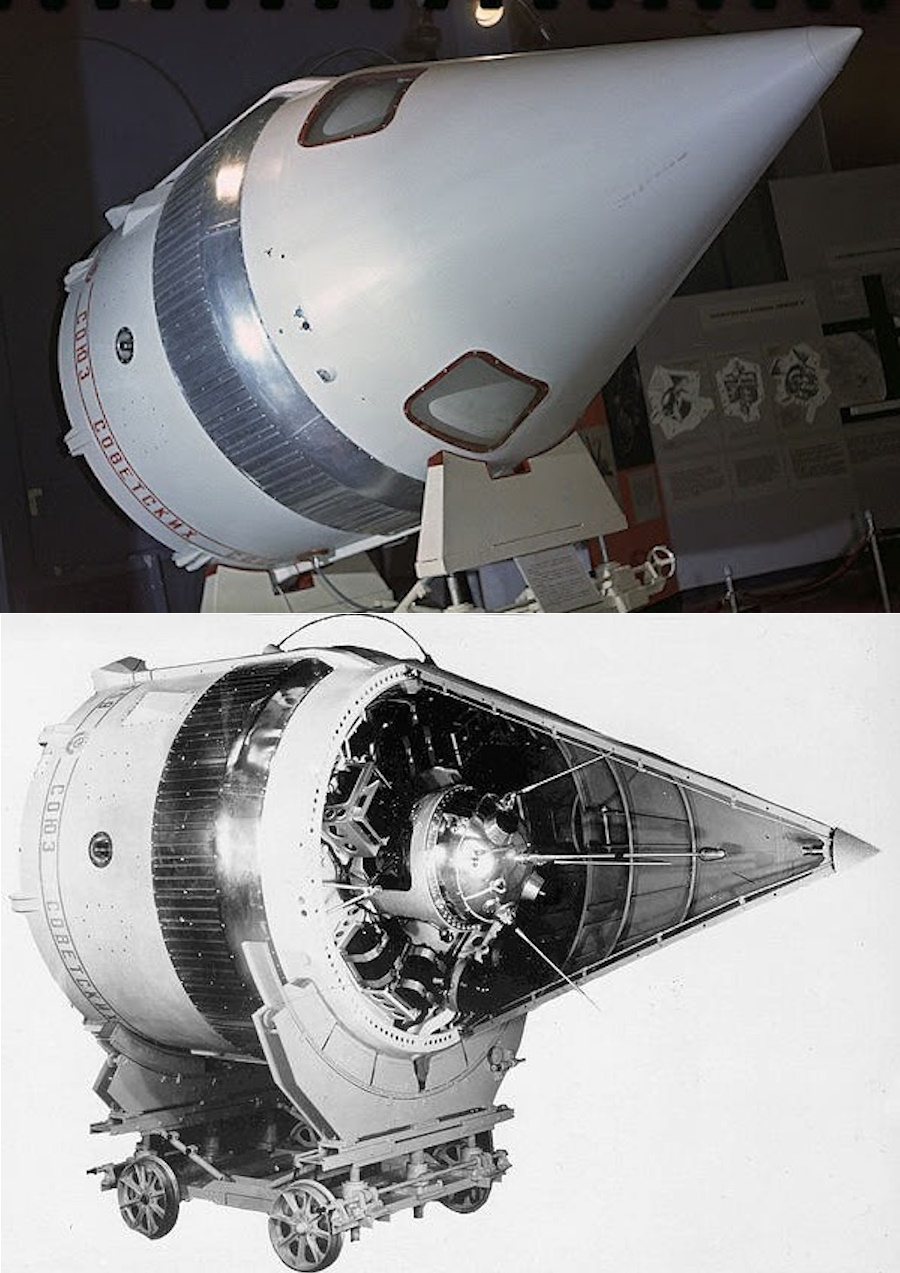
As it turned out, the exhibition demonstrated not a mockup, but a full-fledged operable spacecraft-duplicate with all functioning hardware. The agents managed to secretly disassemble Luna-2, photograph all the parts and document Soviet methods and technology — this was invaluable knowledge. The CIA noted that the Soviets did not even realize the operation had taken place. The U.S. agency later detailed the incident as one of its most successful spying operations.
Luna 2 abduction
The story of the theft of the Soviet Union’s comic secrets is described in The Kidnapping of the Lunik, a historical review of the CIA written by CIA officer Sydney W. “Wes” Finer and declassified in 1995. The operation was also described by space historian Dwayne Day, who first published the story in the mid-1990s in Quest magazine. Day found the declassified document in the National Archives and noted that Lunik was an American slang term for Soviet lunar missions.
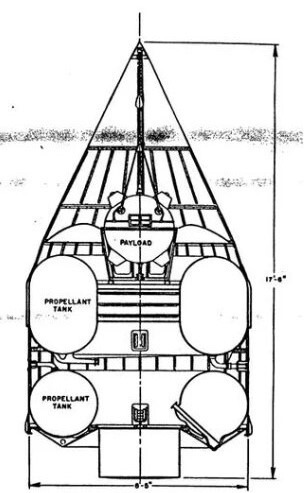
In June 2020, John Greenewald, founder of Black Vault, published this document. It contained information on how the CIA obtained factory markings from inside a Soviet spacecraft upper stage, which allowed them to identify manufacturers and part numbering for other Soviet spacecraft. These marks were later analyzed and detailed in the “Markings Center Brief”. Analysis of the markings revealed that the exhibit was the fifth spacecraft produced. Also three electrical manufacturers that supplied components were identified, even a part numbering system that was probably used for other Soviet space hardware.
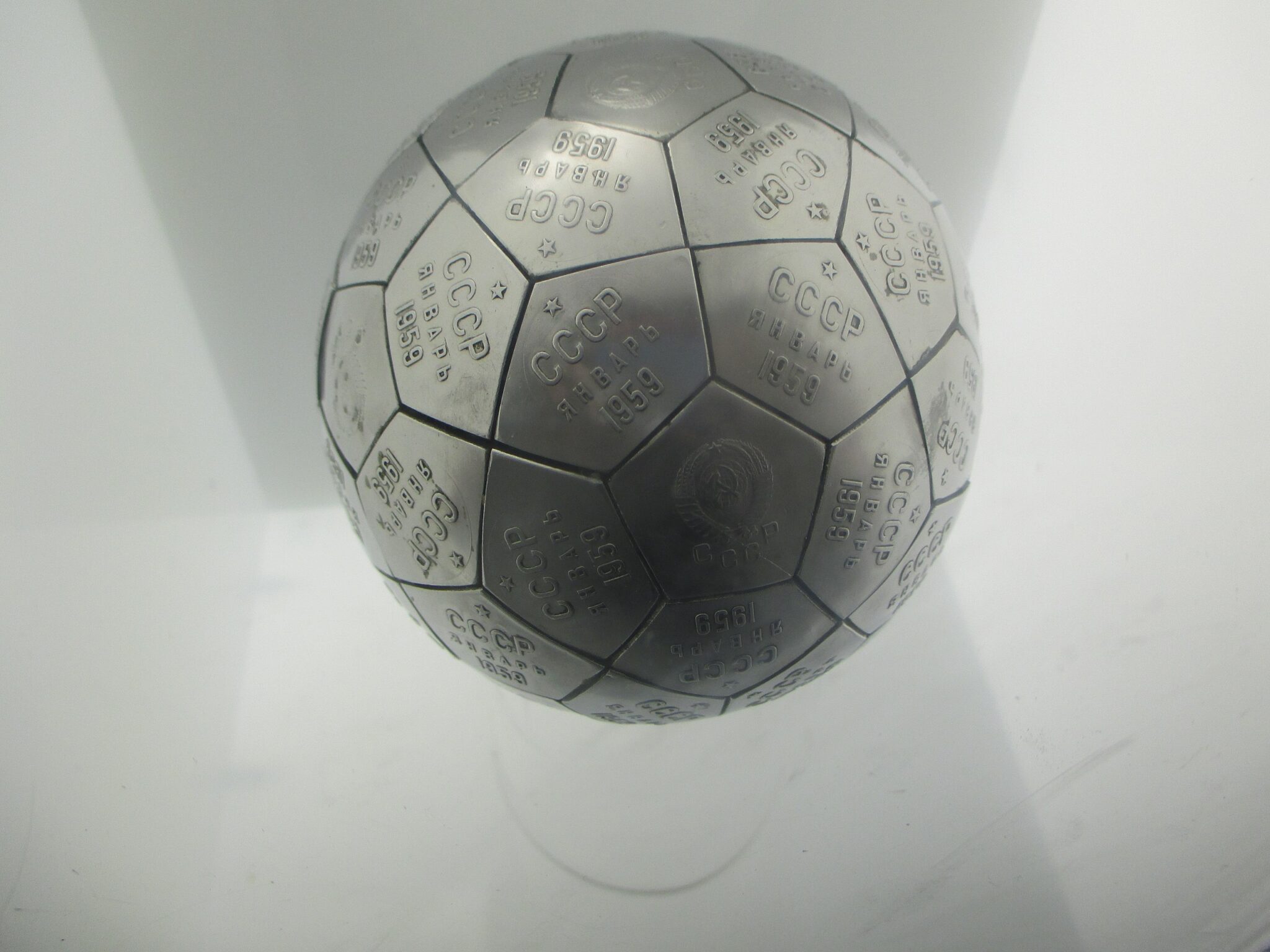
The Luna 2 abduction was an example of a successful espionage operation by the CIA’s efforts, which then allowed the U.S. to enter and eventually win the space race.
Earlier we told you about Luna-25 as the story of Russia’s space mistakes.
According to Space


